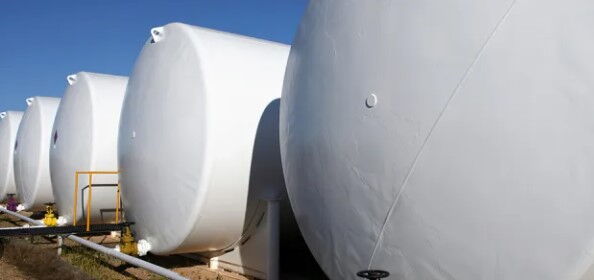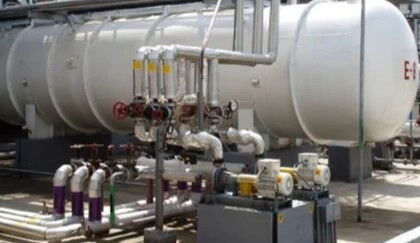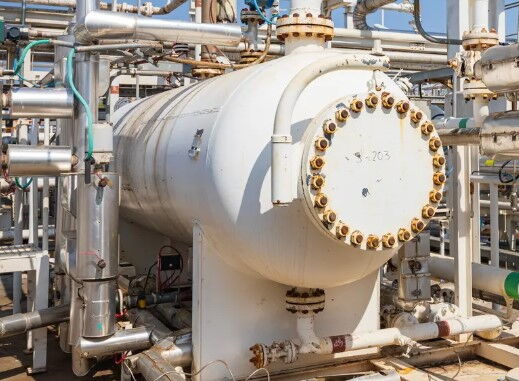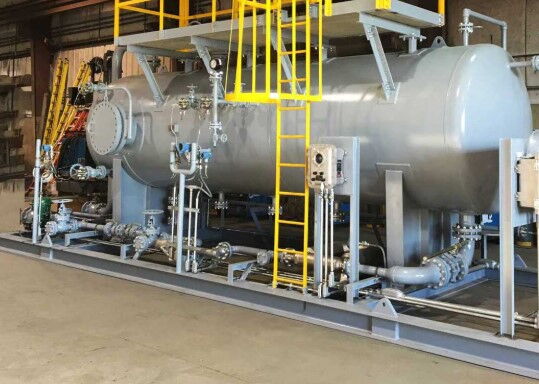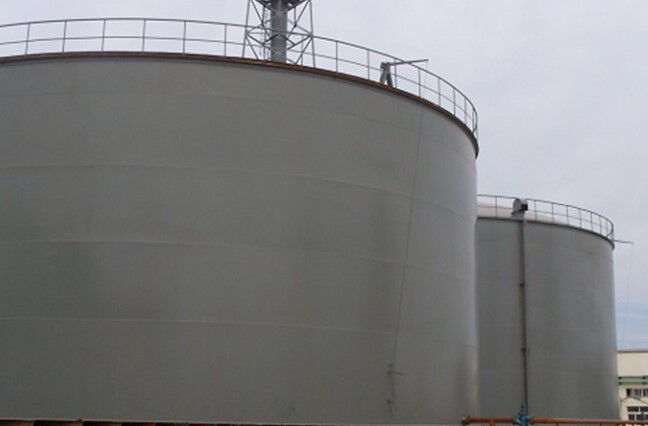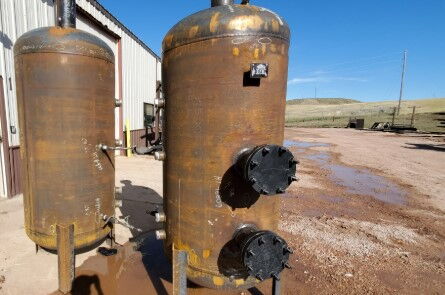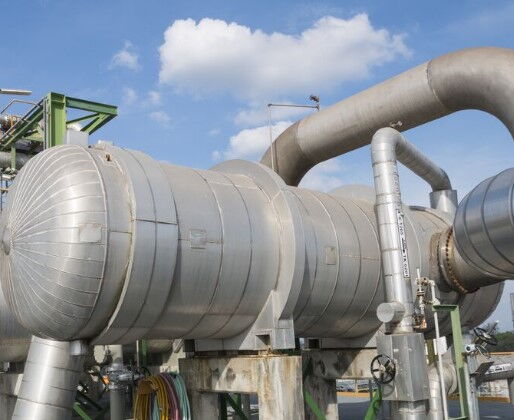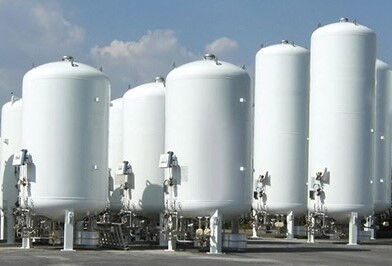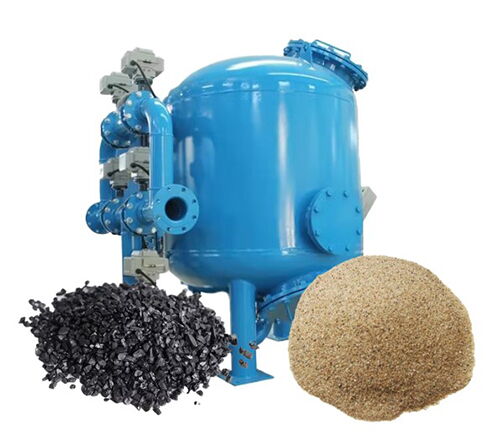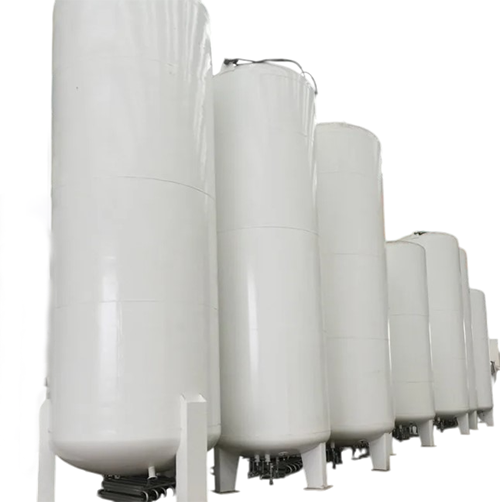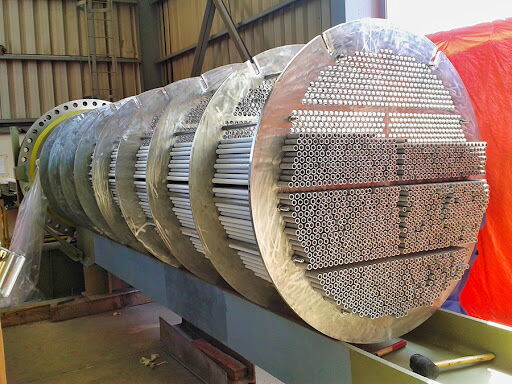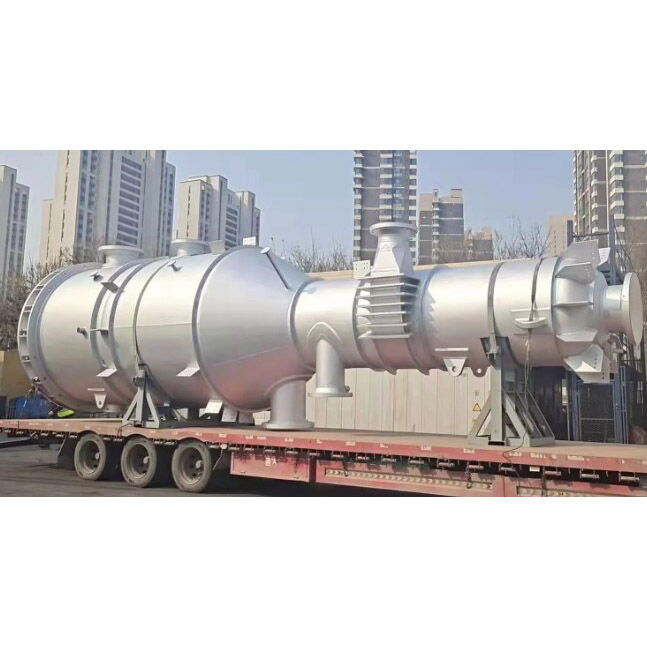Fire and Explosion Risks in Crude Oil Storage Tanks
Crude oil storage tanks are vital components in the oil transportation and storage process, serving the crucial function of storing crude oil and ensuring a stable energy supply. However, due to the highly flammable and volatile nature of crude oil, fire and explosion risks are among the primary safety hazards during its storage. Therefore, understanding these risks of crude oil storage tanks and implementing effective control measures is essential to safeguarding personnel, protecting the environment,...

